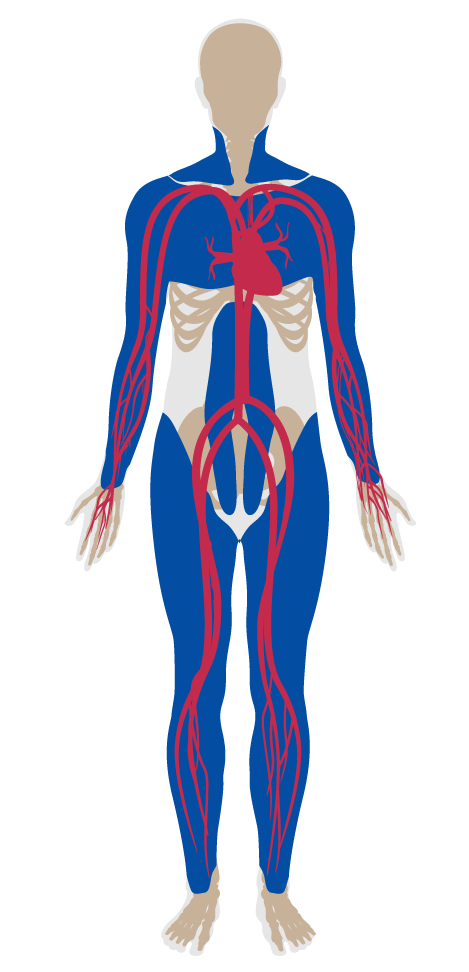Physical activity spaces
68. Physical activity spaces
Buildings that contain an interior fitness space can incentivize occupants to engage in more regular exercise. Flexible fitness spaces allow for low-impact exercises like yoga or Pilates, or more intense activities, such as high-intensity interval training or plyometrics. In addition to fitness amenities within a building, convenient access to nearby gyms and/or outdoor fitness-friendly spaces encourages participants to consistently engage in physical activities.
This feature requires proper space allocation or institutional arrangements to support exercise and promote fitness.
Some combination of the following is provided in the interior fitness space free of charge, for use by at least 1% of regular building occupants and accompanied by instructions for safe use:
At least one of the following is accessible within 0.8 km [0.5 mi] walking distance of the building:
One of the following requirements are met:
The following requirements must be met:

Applicability Matrix
| Core & Shell | Tenant Improvement | New Construction | |
|---|---|---|---|
| Part 1: Cardiorespiratory Exercise Equipment | O | O | O |
| Part 2: External Exercise Spaces | O | O | O |
| Part 3: Physical Activity Spaces for Schools | - | - | - |
| Part 9: (PENDING) Residential Site Space Designation | - | - | - |
| Commercial Kitchen | Schools | Multifamily Residential | Restaurant | Retail | |
|---|---|---|---|---|---|
| Part 1: Cardiorespiratory Exercise Equipment | - | - | O | - | - |
| Part 2: External Exercise Spaces | - | - | O | O | O |
| Part 3: Physical Activity Spaces for Schools | - | P | - | - | - |
| Part 9: (PENDING) Residential Site Space Designation | - | - | O | - | - |
Verification Methods Matrix
| Letters of Assurance | Annotated Documents | On-Site Checks | |
|---|---|---|---|
|
PART 1 (Design) Cardiorespiratory Exercise Equipment |
Auditor Inspection | ||
|
PART 2 (Design) External Exercise Spaces |
Architect | ||
|
PART 3 () Physical Activity Spaces for Schools |
Architect | Architectural Drawing | |
|
PART 9 () (PENDING) Residential Site Space Designation |
Auditor Inspection |
| 68.2.b |
USGBC's LEED v4 SS credit: Joint Use of Facilities, for Schools, Option 3 requires collaboration between school authorities and organizations/agencies to provide access to various types of spaces, including gyms, playing fields and swimming pools. |
| 68.1.a |
The NYC Active Design Guidelines recommend providing physical activity spaces such as exercise rooms, active play spaces, and multi-purpose recreational spaces in public, workplace and residential buildings. |
| 68.2.a |
NYC Active Design Guidelines recommend locating places of residence and work near existing recreational facilities, walking paths, parks, and waterfront areas. |
| 68.3.b |
LEED v4 Joint Use of Facilities provides 3 options, one of which involves sharing facilities with other organizations to provide direct pedestrian access to two out of six possible spaces, including gymnasiums, playing fields, and pools. |
